The disappearance of Malaysian Airlines flight MH370 has to be one of the most astonishing mysteries in the aviation industry. The idea that the Bermuda Triangle is a spot where a lot of planes mysteriously disappear is another of the more mind-boggling aviation mysteries there is. The construction of the Mingbo Airstrip– the aerodrome that was more dangerous than Lukla Airport – was a fascinating piece of history, more a bewildering ride than a mystery but an astonishing piece of aviation history nonetheless. But if we are talking purely about an aviation history that left people gasping (literally as well as figuratively), it has to be the case of the Uruguayan Air Force Flight 571.
Sketches of the Uruguayan Air Force Flight 571
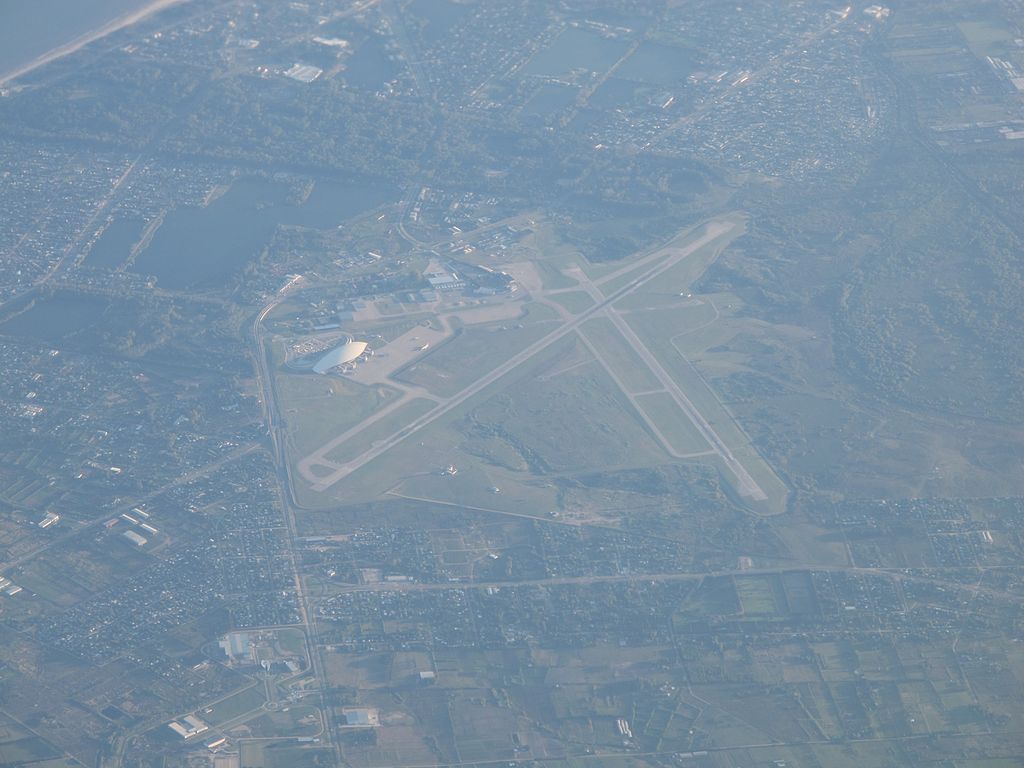
Photo: Andrzej Otrębski | Wikimedia Commons
On October 12, 1972, a small chartered Fairchild F-27 (registered T-571 manufactured in 1968) took off from Uruguay, South America as it headed to Santiago, the capital of Chile. The aircraft, which was eventually to be destroyed, was carrying a group of rugby players, alongside their friends and family. In total, there were 50 people- 45 of whom were passengers (19 were rugby players). According to the Aviation Safety Network, the aircraft was carrying “Members of the amateur Old Christians Club rugby union team from Montevideo, Uruguay” and was “was chartered to fly the team over the Andes mountain range to Santiago” to play against an English rugby team by the name of Old Boys Club.
The flight was supposed to be only three hours long but the route had to fly over the Andes Mountains – the longest mountain range in the world. However, a storm raged over the mountains, forcing the pilots to land in Mendoza, Argentina. It was decided that the flight would only resume the next day. The next day a crash beckoned and the days that followed the crash were of horror, amazing human spirit, and defiance.
On the crash day, warnings weren’t taken seriously
The plane took off the next day at 2:18 p.m on a clear weather day. As the pilots neared Santiago around 3:21 p.m., the descent began. But the mountains still surrounded them. As they descended, the aircraft suddenly encountered severe turbulence, shaking violently. As the aircraft started to descend, it was struck by turbulence. How much the clouds had enveloped the plane, was something attested by a survivor (in the newspaper The Guardian):
“I remembered the flight through Planchon pass, where we travelled in cloud cover so heavy that visibility was nearly zero and the pilots were forced to fly on instruments. Severe turbulence was tossing the plane around, and at one point we hit an air pocket that forced the plane to drop several hundred feet. This rapid descent dropped us below the clouds, and that was probably the moment when the pilots saw the black ridge rising dead ahead.”

Photo: Wunabbis | Wikimedia Commons
The pilots wanted to lift the aircraft over the mountain (and tried their best to do so) but the rear of the aircraft struck the mountain, tearing away the entirety of the rear of the aircraft. With the rear of the aircraft, three passengers (alongside the flight navigator, and flight attendant) were lost too. A second collision beckoned as a rock outcropping sheared off the left wing. What was left of the aircraft plummeted and slid 700 meters onto a glacier at a terrifying speed of 350 km/h, and finally came to a halt. It was this slide that crushed the pilots against their instrument panel.
Casualties and initial survivors
Despite the fact that the aircraft had strayed only 80 kilometers ( I stress the word “only” because 80 kilometers on the ground is a coverable distance, on snowy, treacherous mountains this was a tad too much) off its planned route, it marked the beginning of a more-than-two-months ordeal for the people involved in the crash.
- Out of the 45 people on board, 33 people initially survived.
- 19-year-old Roberto Canessa and 20-year-old Gustavo Zerbino were two medical students who survived the crash
- When the rescue finally came, only sixteen people made it through as others lost their lives to the barely livable, frigid conditions.
Rescue operations began almost immediately

Photo: SAC Faye Storer | Wikimedia Commons
Chilean Air Search and Rescue Service had been alerted within an hour of the disappearance of Flight 571. While four aircraft were deployed to find the wreckage, the image above shows how mountains “blocks of stone, hacked into violent and tortured shapes” to burrow the words of Nan Shepard, can be challenge, even for the most seasoned rescuer. Search and Rescue helicopters often wade through difficult conditions like these, and therefore have a much poorer safety record than commercial aircraft. It is also conditions like these that warrant helicopter pilots to wear helmets:
Despite intensive search, it was deemed that the aircraft had crashed in an inaccessible region. To compound the issue, the plane was white and would camouflage into the snowy landscape. While aircraft are generally painted white for a safety reason (among other reasons), the way the FH-227 was painted didn’t help the Search and Rescue (SAR) mission.
The initial survivors of the crash clung to hope that if they could just endure the freezing cold until the dawn, rescue would come. As five injured passengers had succumbed to their wounds before the morning came, the number of survivors fell to 28. The survivors took the fuselage of the aircraft as a bulwark to shield themselves from the cold. To plug in the hole at the rear end of the aircraft, they used luggage, seats, and packed snow.
A couple of days after the crash, as many as eleven aircraft from Argentina, Chile, and Uruguay joined the search of Flight 571. Despite searching in the area where the crash had taken place (and where the wreckage lay), the rescuers failed to spot it. The survivors desperately plea towards the SAR aircraft for help has been wonderfully captured in the movie “Society of the Snow”. A writer noted the failed attempts to draw the attention of the SAR team:
“Survivors tried to use lipstick to write SOS on the plane’s roof. They started writing SOS but soon realized that they didn’t have enough lipstick to write all the letters. Then they tried to use suitcases to make a big cross in the snow so that search aircraft flying above could see them. But soon they realized that this was not working.”
How they survive
Three days after the crash, it dawned on the survivors that survival in the frozen desert of the Andes meant finding food and water. Fito Strauch used a metal sheet as a solar collector, directing sunlight to melt snow (to consume as water), and collected water bottles. Others crafted makeshift snowshoes from seat cushions, while the wool from the seat covers was repurposed to provide warmth.
Most of the passengers were from coastal areas and weren’t used to the ultraviolet rays of the sun reflected on the snow. In a situation where only three pairs of sunglasses were present, snow blindness was becoming a palpable threat.
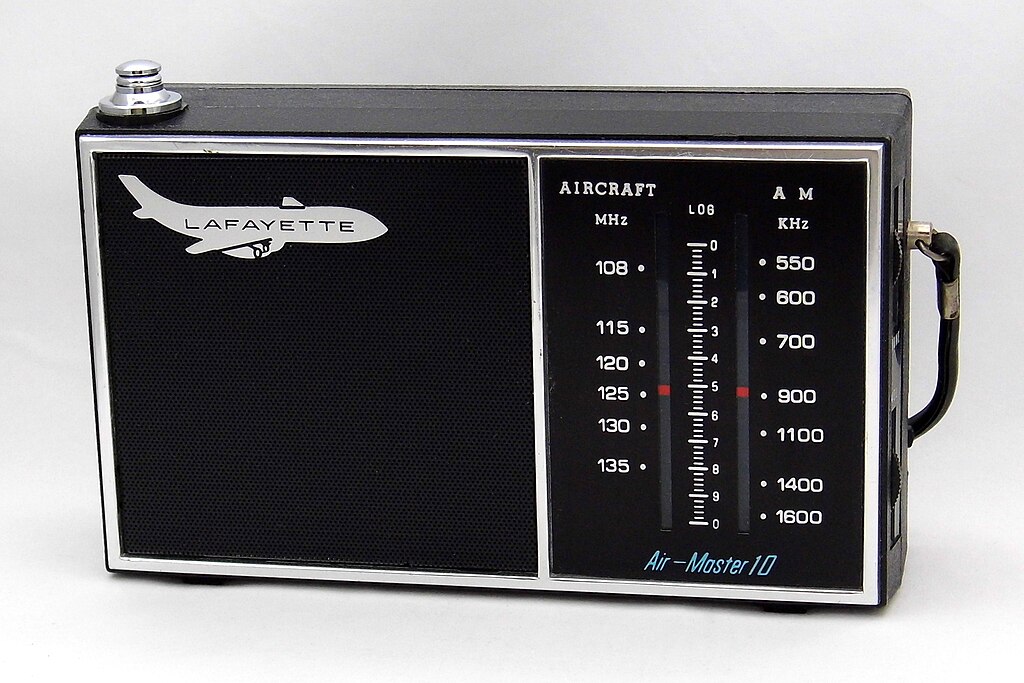
Photo: Joe Haupt | Wikimedia Commons
More than a week into the crash, SAR teams had not found any signs of survivors. After 142 hours of searching, the operation was officially over. Roy Harley, a survivor, rugby player, and electronics enthusiast, found a transistor radio somewhere along the seats of the aircraft. After his efforts to switch on the radio by improvising , he found out that one-way communication (receiving the messages) was possible. Eleven days after the crash, this make-do radio was the source of the devastating news that SAR operation to locate Flight 571 were called off.
A falling food supply and a resort to cannibalism
The store of food that the survivors of Flight 571 had included the following:
- Eight chocolate bars
- One tin of mussels
- Three small jars of jam
- A jar of almonds
- a box of peanuts
- Some dates, candies, dried plums
- A few bottles of wine.
To ladle out these to the more than twenty survivors wasn’t a going to be possible, if everyone was adamant that every meal would warrant them a full stomach. Despite a survivor stretching a single chocolate-covered peanut over three days, by the time they had received the news that the search had been called off, the eatables perished. Some bit and chew cotton from the seats and leather, but the body couldn’t give in.
So the survivors (not all of them, at least initially) decided to eat the flesh of the deceased friends and family.
An avalanche beckoned, and so did another one
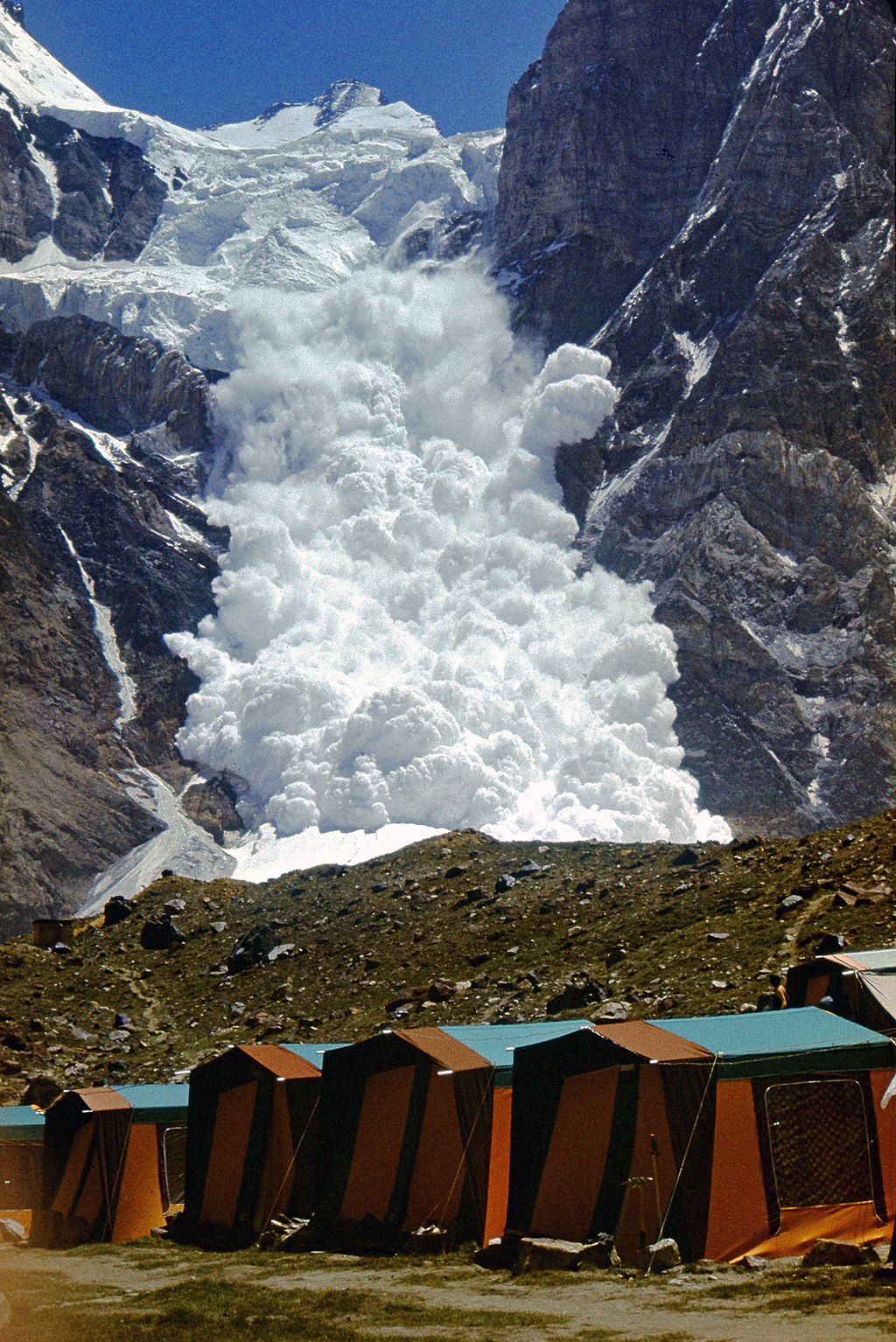
Photo: Jaan Künnap | Wikimedia Commons
As the survivors were inside the broken plane (during the night), an avalanche that suffused the aircraft suffocated eight survivors to death, bringing the survivor count to 19. A survivor carved a hole (using scrap metal in the aircraft) for ventilation. After they had managed to dig a tunnel through the snow and reach the surface, another snowstorm approached. This made them cave in where they had a momentary reprieve from for three more days.
Searching for help
Among the strongest survivors were Canessa, Parrado, and Vizintin. Together, they decided to gather food, wear the warmest clothes, and begin searching for help.
The first task was estimating their location. Before the crash, the co-pilot had stated that their aircraft had passed through Curicó. They assumed that if they walked a few kilometers west, they would reach the Chilean countryside.
Their estimation, however, was completely wrong. The co-pilot had not known where he was. In reality, the crash site was 89 km east, deep in the Andes Mountains.
Unaware of this mistake, the survivors rested for a few days to regain their strength. On November 15th, 33 days after the crash, Canessa, Parrado, and Vizintin set out to find help.
Small hope
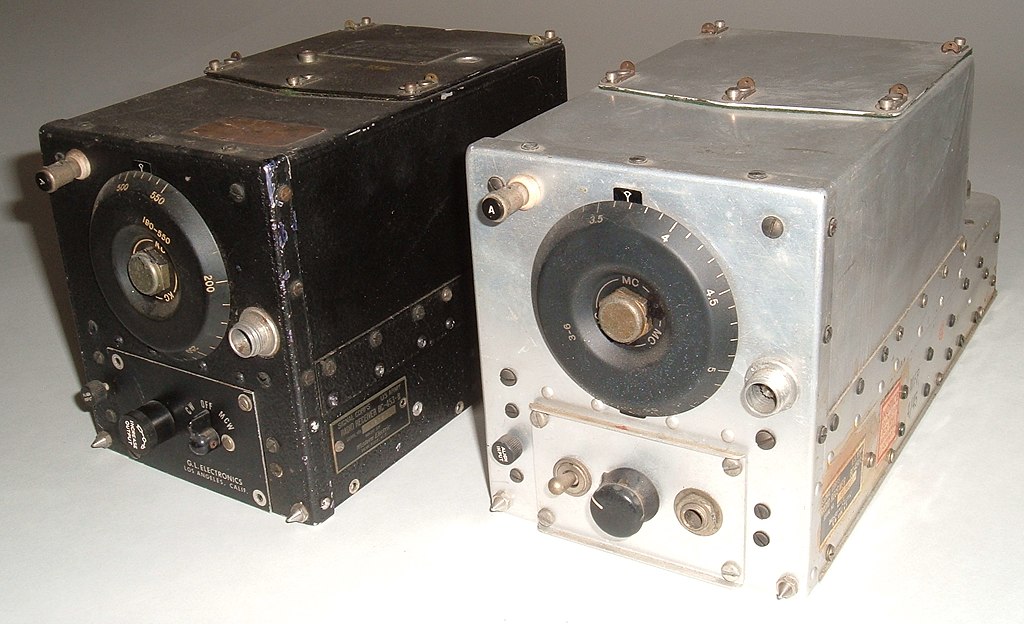
Photo: ArnoldReinhold | Wikimedia Commons
Fifty-nine days after the crash, another avalanche took the lives of three passengers, bringing the survivor count to 16. No more fatalities would be observed after this.
How they prepared for a trek through -30°C to make contact with civilization
While no one really knew xactly where they crashed, consensus was that one needed to trek west to reach Chile. Three survivors, Parrado, Canessa and Vizintin—set out to Chile with no mountaineering experience or equipment. Here’s the carb that Parrado had to ward off cold:
- three pairs of jeans
- four pairs of socks
- three sweaters over his t-shirt
- a plastic shopping bag over them
They had a makeshift sleeping bag where the three of them huddled together during the night. On the fourth day, they assessed that the vast stretch of frozen desert would mean more days of trekking than anticipated. As they had little food left, Vizintin made the decision to return to the crash site so as to give Parrado and Canessa a better chance of survival.
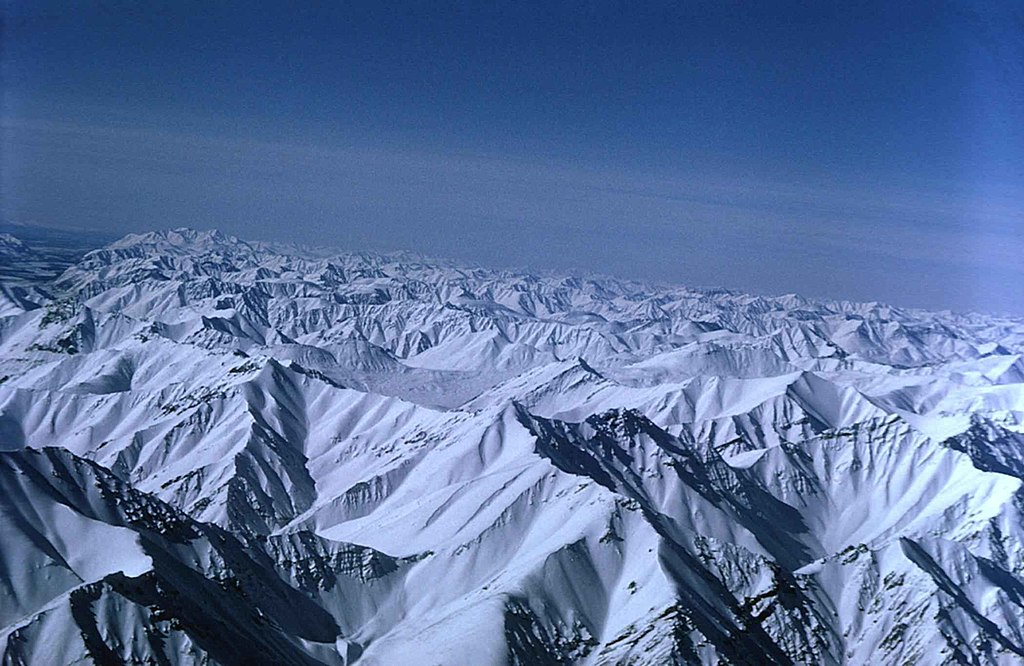
Photo: U.S. Fish and Wildlife Service | Wikimedia Commons
After hiking tirelessly for nine days, they reached a valley where a river flowed, where there were signs of human and animal life. A Chilean farmer, Sergio Catalan, was riding on a horseback. To communicate with Parrado, who was at the other end of the river, he the farmer hurled a paper and a pencil. Parrado pleaded for help and said that he was a survivor of the Uruguayan Air Force Flight 571 crash. It was later determined that the two men had walked 61 kilometers in ten days, with Canessa losing half his body weight. News of their survival spread like wildfire. The world was in shock.
Finally rescued
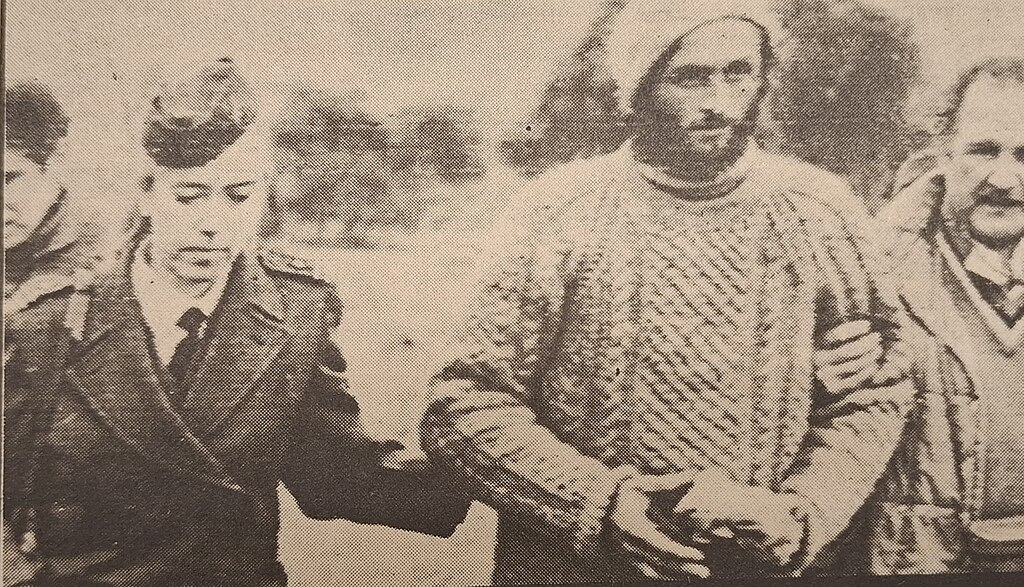
Photo: เดลินิวส์ | Wikimedia Commons
The Chilean Air Force immediately dispatched three helicopters for a rescue operation. Army officers interviewed Parrado and Canessa to pinpoint the location of the crash site. Parrado, who had brought the pilot’s flight chart and had marked their journey, led the SAR team to the crash site. Finally, on December 22, 1972—seventy days after the crash—sixteen survivors (who were suffering from suffering from unimaginable conditions such as altitude sickness, dehydration, broken bones, and malnutrition) were rescued.
That is why this mysterious disaster is remembered as something more than just a tragedy, and is befittingly called “The Miracle of the Andes”.
